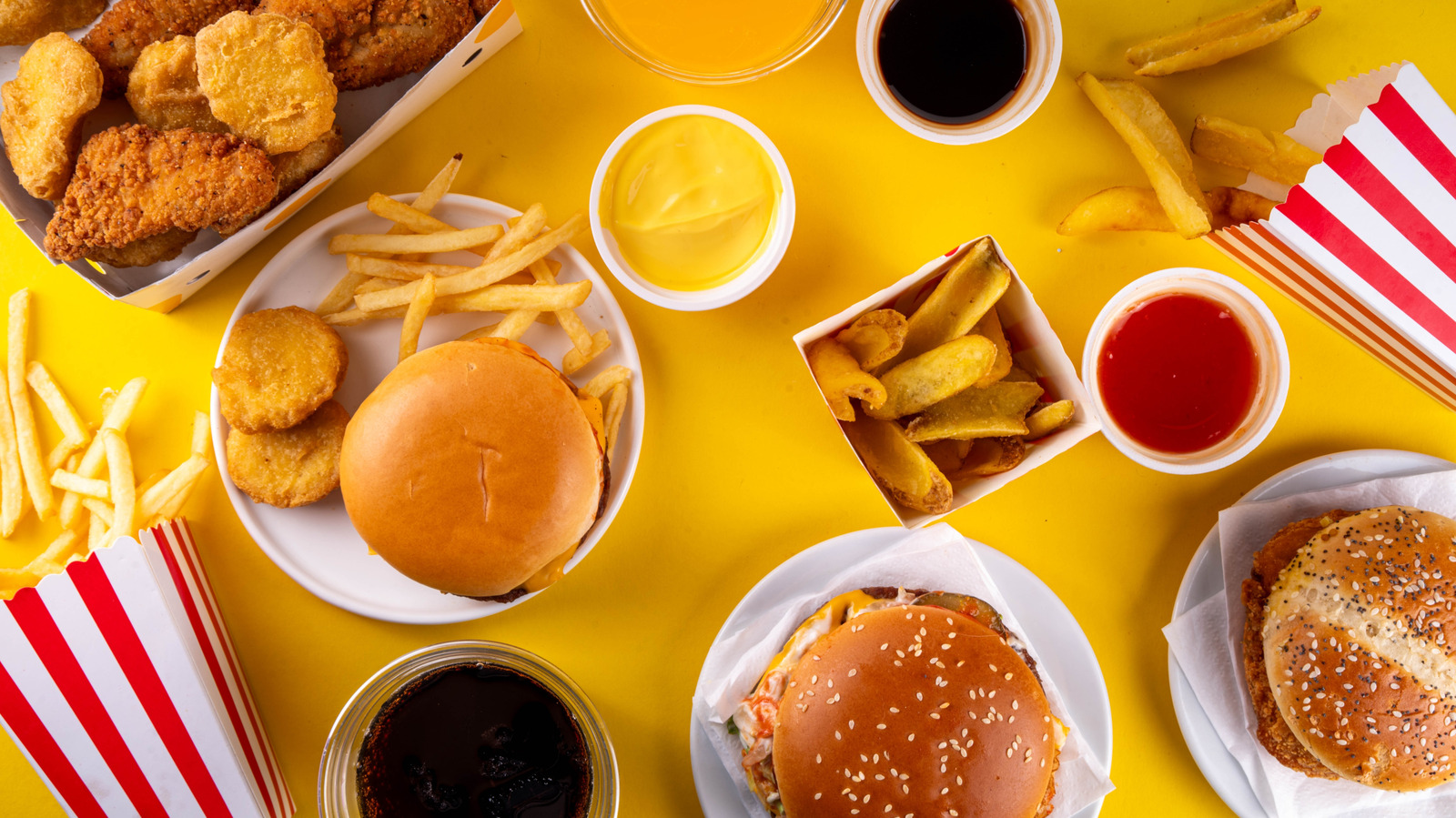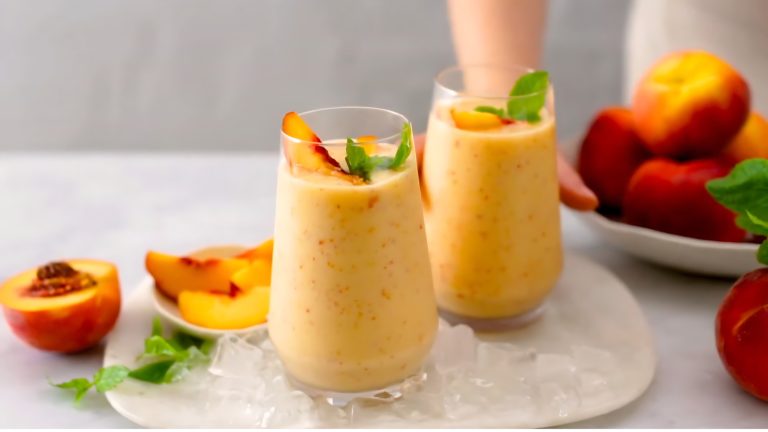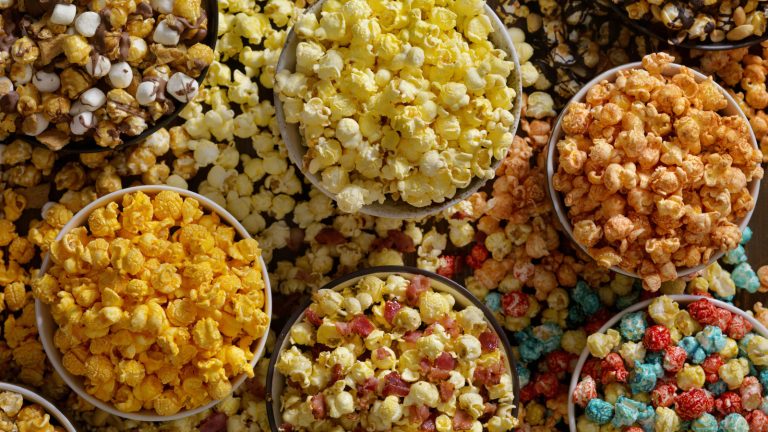Who doesn’t love a splash of condiment with their fries? But before you start merrily squeezing bottles and sachets, the most serious of many mistakes people make at fast-food restaurants is one that’s vital to avoid. It’s official: It’s time to go cold turkey on squirting condiments on paper bags. The hack might seem savvy, especially when you’re bolting down burgers in the restrictive dining area of a driver’s seat, or even seated inside your favorite fast-food restaraurant where crockery doesn’t exist. But paper bags should never be used as makeshift plates or dipping bowls. According to a 2022 Consumer Reports study, this habit is — quite literally — toxic. It risks cross-contamination with a dangerous set of 10,000 substances, nicknamed the “forever chemicals,” that are often found in fast-food packaging, particularly heat-, water-, and grease-repellent materials.
The investigation found PFAS (per- and polyfluoroalkyl substances) in varied packaging from many retailers when testing over 100 different products. Included in these alarm-bell-ringers were McDonald’s, Trader Joe’s, Burger King, and Chick-fil-A. Many of these companies have subsequently committed to reducing their reliance on PFAS-containing packaging. But is it worth the risk? Probably not. PFAS exposure is linked with cancer, organ damage, and hormonal difficulties; the chemicals transfer the exact risks to the environment, too, endangering wildlife. It’s a dangerous cycle, so avoid non-traditional bag use and play it safe. Yes, it really is time to break the habit of a lifetime.
How to avoid PFAS
Avoiding cross-contamination is a wise choice. Why juggle with fire? However, that is just one small step towards protecting yourself from PFAS. After committing to never again squirting condiments on your paper bags, what next? Ideally, limit the amount of fast food you consume. PFAS are heavily bio-accumulative, meaning they tend to build up in our systems over time. The less exposure to fast food, the lower your overall risk.
If that sounds impossible, though, focus on limiting exposure to packaging instead. Remove the food from its wrappers immediately, and never reheat items in their original boxing. When heated, these containers can leach. Styrofoam and plastic are common culprits (hence why you should think twice before you reheat Chinese takeout in the containers).
As for the future of fast-food packaging? You might recall that at least two fast food chains were sued over this forever chemicals report. One of these was McDonald’s, which subsequently committed to eliminating all PFAS from its packaging by 2025. As of 2024, there were announcements that McDonald’s was updating its McFlurry cups with sustainability in mind. And the FDA has said that packaging containing PFAS is no longer sold in the U.S. However, the agency continues to test many products and even allows them in some circumstances. In short, the needle is slowly moving. However, consumer awareness is non-negotiable — be proactive, and ensure you do your best to limit your own intake. There’s no better protection than prevention.






